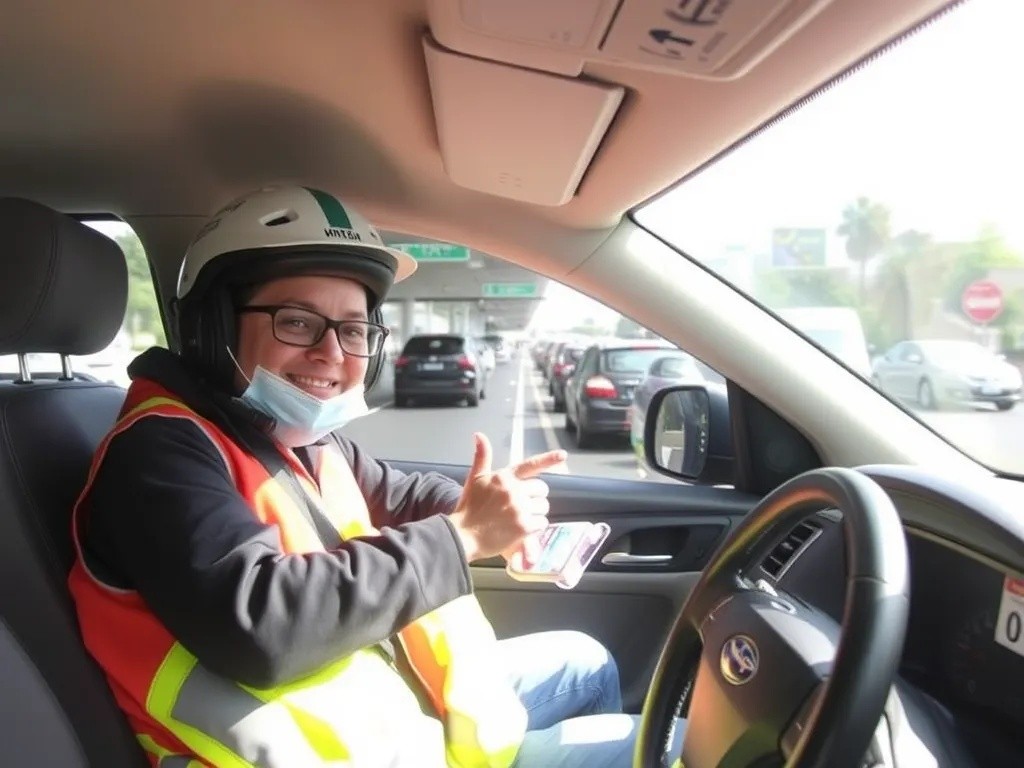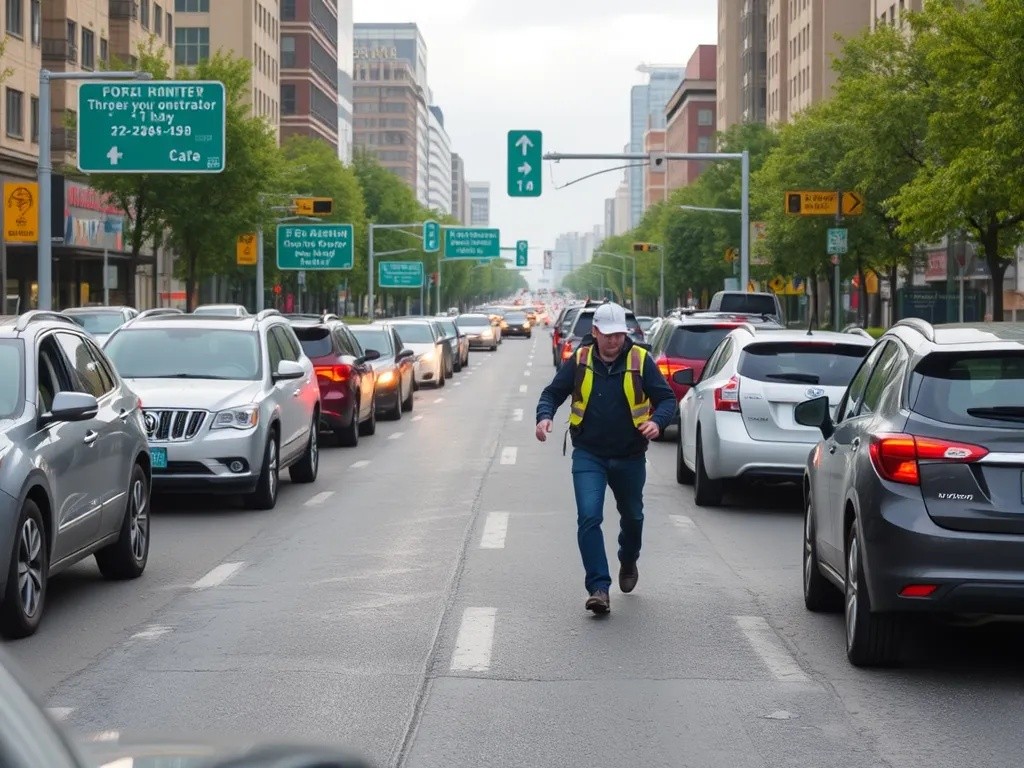In recent years, there has been a significant advancement in the field of Artificial Intelligence (AI) and Augmented Reality (AR). These technologies have become increasingly popular and have the potential to enhance virtual experiences in various fields such as gaming, education, healthcare, and...
New Assistant Chooses the Best Route Considering All Traffic Jams

Modern transportation has entered a new era with the development of intelligent routing assistants that can analyze complex traffic patterns and provide optimal navigation solutions. These advanced systems are transforming how we approach daily commutes and long-distance travel by leveraging real-time data and sophisticated algorithms.
How Smart Route Planning Works
The latest generation of navigation assistants goes far beyond traditional GPS systems by incorporating multiple data sources and advanced processing capabilities. These systems continuously monitor traffic conditions across entire metropolitan areas, creating a comprehensive picture of road network performance.
Real-Time Data Integration
Modern routing assistants collect information from various sources to ensure accuracy and reliability:
- Live traffic cameras and sensors positioned throughout urban areas
- Anonymous location data from millions of smartphone users
- Government traffic management systems and road closure notifications
- Weather data that affects driving conditions
- Historical traffic patterns for predictive analysis
Advanced Algorithm Processing
The core strength of these assistants lies in their ability to process vast amounts of information simultaneously. Machine learning algorithms analyze current traffic conditions while considering factors such as typical congestion patterns, construction zones, accidents, and even special events that might affect traffic flow.
Key Benefits for Daily Commuters
Smart routing technology offers significant advantages over conventional navigation methods, particularly for regular commuters who face the same traffic challenges repeatedly.
Time Optimization
By continuously calculating alternative routes, these systems can reduce average commute times by 15-30%. The assistant learns from traffic patterns and suggests departure times that minimize exposure to peak congestion periods.
Fuel Efficiency
Avoiding stop-and-go traffic not only saves time but also improves fuel economy. The system prioritizes routes that maintain steady speeds and minimize idling, resulting in reduced fuel consumption and lower emissions.
Stress Reduction
Predictable travel times and fewer traffic surprises contribute to a more relaxed driving experience. Users report decreased anxiety about arriving late to important appointments when using intelligent routing systems.

Advanced Features and Capabilities
Predictive Route Planning
The most sophisticated assistants can forecast traffic conditions hours in advance, allowing users to plan their departure times optimally. This predictive capability considers factors such as weather forecasts, scheduled road maintenance, and historical traffic data.
Multi-Modal Transportation
Modern routing assistants integrate various transportation options, including:
- Personal vehicle routes with real-time traffic updates
- Public transportation schedules and delays
- Walking and cycling paths
- Ride-sharing availability and estimated costs
- Park-and-ride combinations for optimal efficiency
Dynamic Rerouting
When unexpected traffic incidents occur during travel, the assistant immediately recalculates the optimal route. This dynamic adaptation ensures that users always follow the most efficient path available, even when conditions change rapidly.
The Future of Intelligent Navigation
As technology continues advancing, we can expect even more sophisticated features in routing assistants. Integration with connected vehicle systems will provide more precise traffic data, while artificial intelligence improvements will enhance prediction accuracy.
The development of smart city infrastructure will further enhance these systems' capabilities, creating a seamless network where traffic lights, road sensors, and navigation assistants work together to optimize traffic flow for everyone.
These intelligent routing assistants represent a significant step forward in making transportation more efficient, environmentally friendly, and stress-free. As adoption increases and technology improves, we can look forward to smoother commutes and more predictable travel experiences for millions of daily travelers.



